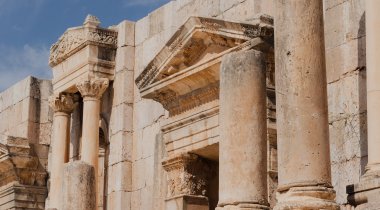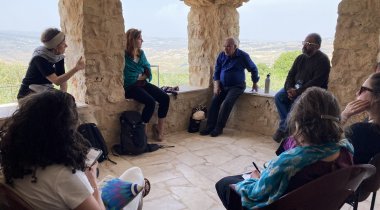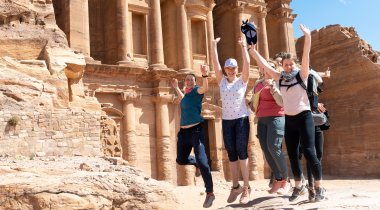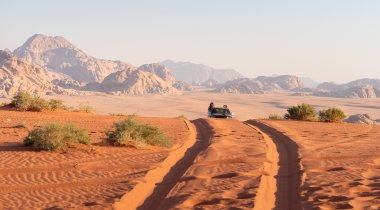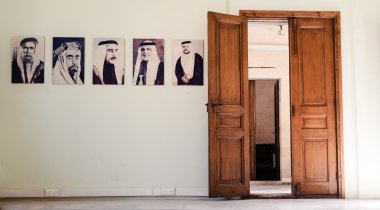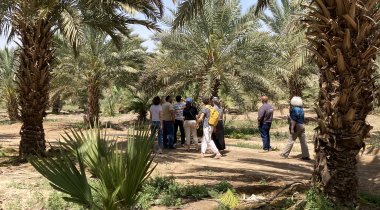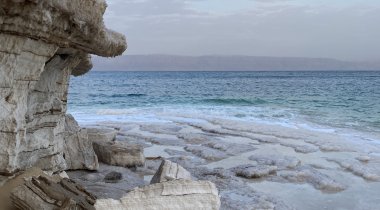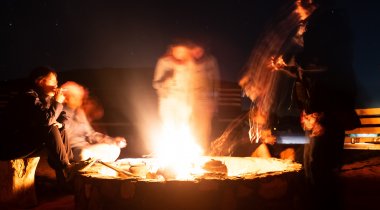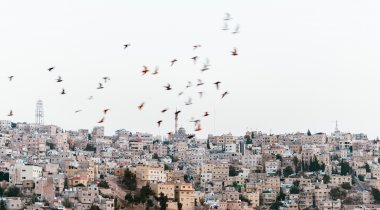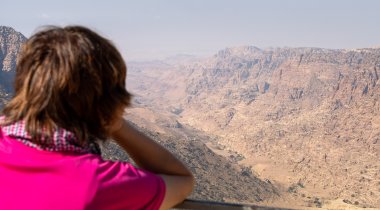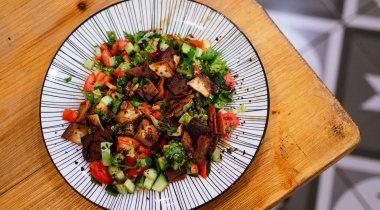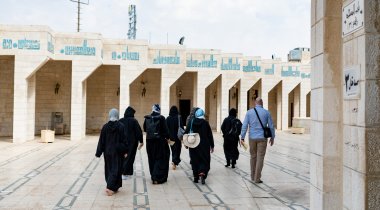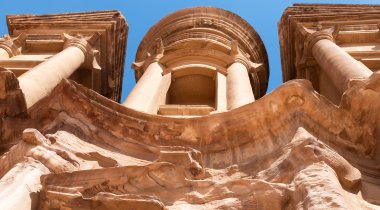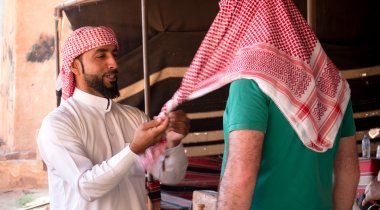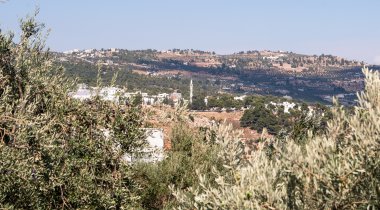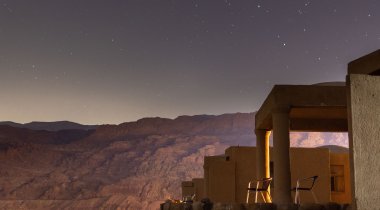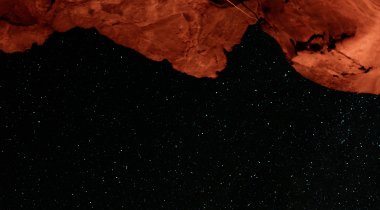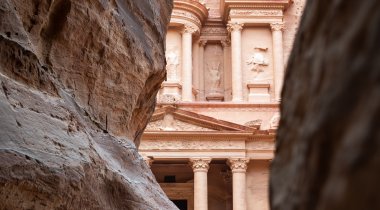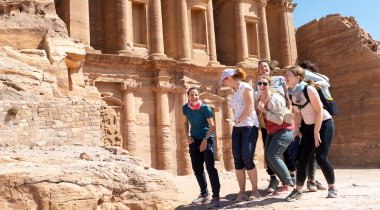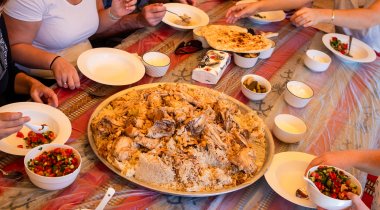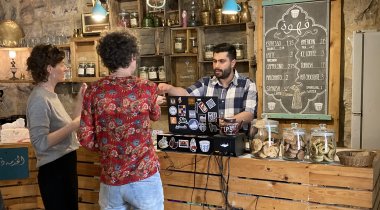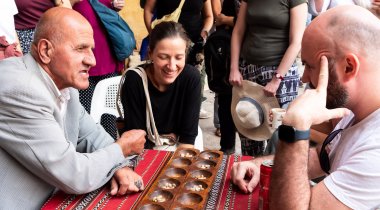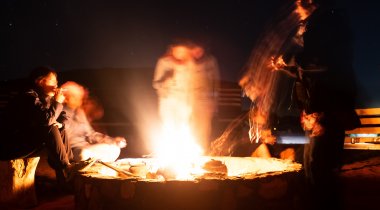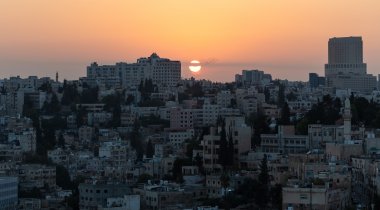Jordan’s role in the Middle East has greatly changed in the last 10 years. Once the kingdom was viewed as a peripheral, artificial state in the desert that was kept alive with billions from the USA and Saudi Arabia. Today, however, Jordan is regarded as an island of relative stability in a sea of hot spots. Millions of people from Syria, Iraq, and Palestine have found refuge there.

These newcomers have brought their histories, culture, and ideas with them. As a result, the Jordanian capital, Amman, has been transformed into a vibrant metropolis with a politically conscious and resourceful civil society.
The kingdom faces climatic, socio-economic, and political challenges, including hugely contrasting realities in its cities and rural areas.
Climate change and rapid population growth have exacerbated Jordan’s already acute water scarcity, which especially creates tension in agricultural regions.
One in three young city dwellers is unemployed. The country’s economic problems contributed to the wave of protests in 2011-12 that King Abdallah II responded to with selective reforms—and intimidation. Since then, calls for change have toned down. News of Syria and Egypt makes Jordanians cringe at the thought of radical change.
Unsere Highlights
Amman
Jordan’s once sleepy capital has molted into an exciting metropolis with numerous civil society initiatives and cultural cafés—largely a result of the arrival of intellectuals and political activists who had to flee their homes in Syria, Iraq, and Palestine. In Amman, we focus on such issues as refugees, water, freedom of the press, and prospects for young people.
Petra
Although the Nabatean city carved into rock is one of the greatest attractions of the Middle East, it is so huge that we easily escape the tourist hordes and enjoy the secret treasures of this World Heritage Site.
Wadi Rum
Bizarre cliff formations, enormous sand dunes, and rocks that change color throughout the day make Wadi Rum one of the world’s most delightful deserts. It is also the perfect place to find quiet. However, there’s plenty to do for more energetic visitors to Wadi Rum: rock climbing, hiking, and touring in Jeeps. Also not to be sneezed at: the sunsets, Bedouin dinners, and the bright stars above our desert camp.
The Dead Sea and the Jordan Valley
The lowest point of our trip provides a special experience: drifting on the salty waters of the Dead Sea. This literally dead habitat is all the more striking because just a few kilometers away is one of the country’s most fertile agricultural regions, the Jordan Valley.
The Periphery – Shoubak and Al-Karak
Shoubak and Al-Karak both feature imposing Crusader castles. The two modern towns also present us with the opportunity to discuss the serious concerns of the periphery with local sheikhs and politicians.
Between the highlands and the Jordan Valley
In stark contrast to Jordan’s dominant desert landscape are its numerous canyons, many with rivers and streams, that descend from the highlands to the Dead Sea. We rappel down waterfalls, swim in natural pools, and delight in the striking rocky landscape.



